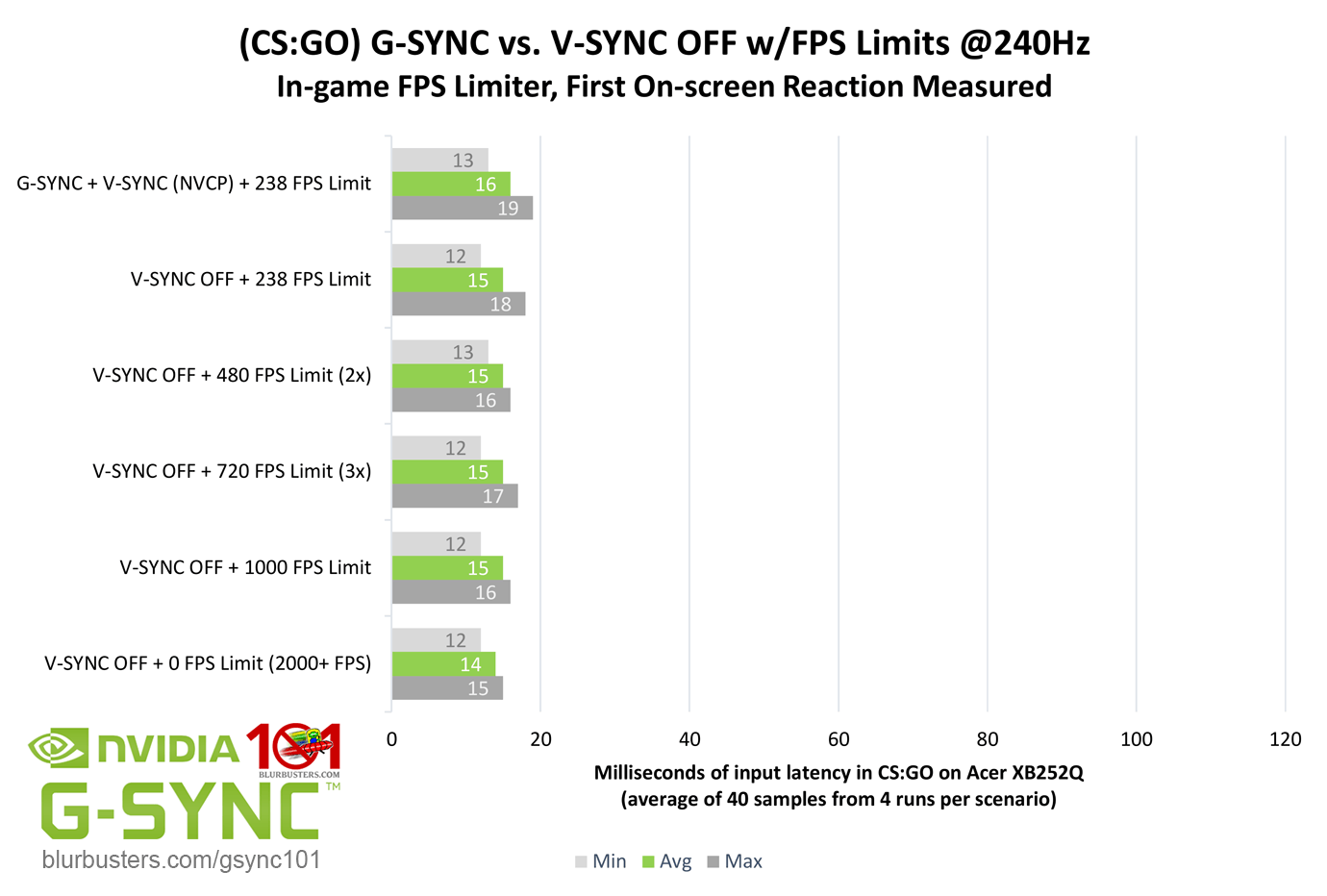In generally, we want both click latency and sensor motion delay time as low as possible, which I highly agree. But in this thread, I am thinking of cases that click latency is "too low" that click happens faster than motion tracking, and this timing out of sync may cause problem.
If I do a super quick flicking shot AND click while the mouse is still moving, I would "think" the target is 0.5 inch away on my mousepad, and I shall click right at that physical distance. As long as my click latency and motion delay are in sync, and the target is standing still, my shot will likely hit, this does not matter whether I have 10ms input to pixel delay or 200ms input to pixel delay, as the system delay adds up to both click and motion.
But If both click latency and motion delay are out of sync, depends on how fast the mouse is moving at the moment of clicking, the timing difference could result in a lower chance to hit. (Or our brain has to do harder work to compensate this timing difference.)
Then the problem ultimately comes to, how we can choose a mouse for a perfect synced click and motion delay? (Or how we setup click latency if there are options.)
If click latency is generally lower than sensor motion delay, shall we desire a higher click latency, so it can be better sync up with motion delay?
Or maybe the motion delay on modern sensors are very close to none, and the button delay is the one which lags behind, so we should aim for the lowest click latency.
--------------------------------------------------------------------------------------
Let me use Logitech G Pro vs Razer Viper as an example.
Logitech G Pro has ~4ms higher click latency than Razer Viper. Either or both of them has click latency and motion delay out of sync for at least 2ms, or maybe one of them is out of sync for 4ms, and the other is perfectly in sync.
So, could Logitech (+4.5ms) be more in sync comparing to Razer Viper (+0.5ms)?
For now, the only clue I can find is to use the "hammer test" performed by Linus as a baseline.
https://www.youtube.com/watch?v=orhb7Njj3h8 The hammer tests performed by Linus is quite unique as it is absolute motion to pixel delay.
His test used a 240Hz monitor, and his csgo ran at ~270 fps.
He measured motion to pixel delay at 14.8ms for wireless g703, and 15.8ms for mx518 with hero sensor.
I cannot simply compare Linus's hammer test to other button to pixel delay tests, as test environments are different.
But csgo is quite popular, and there are quite many test with similar setups (240Hz with around 240fps), for example blur buster has measured 15ms button to pixel delay in csgo, using Razer deathadder chroma, which reported as a +7.2ms button delay comparing to Ikari.

Again, this comparison is very inaccurate, as two test setups are still different. But if they do match with each other closely, I would be able to estimate the difference between button and motion delays, and it would mean that, with a shorter button delay (eg. Razer viper and its +0.5ms), motion signals would be sent/processed later than click signals, and results in out of sync of click and motion with higher timing difference.
So, seems we could have the click latency "too low" to come with a drawback in some specific cases?
--------------------------------------------------
(I also posted a same topic on a mouse forum for discussion, as many of audiences are non overlap there.)
